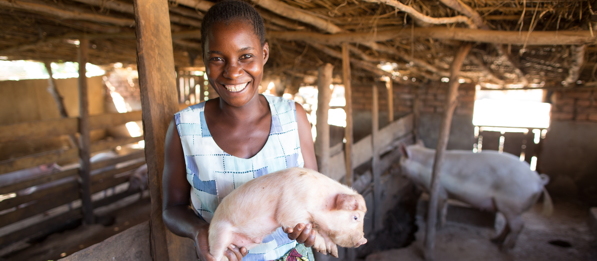Tag: conservation farming

#FillTheGap! Women bring home the bacon in Malawi
Africa & Middle East: By practising conservation farming techniques, Ethel Khundi produced almost three times more maize than she had done a year earlier, offsetting livestock losses to swine flu.
Read MoreSeven Ways Agriculture Is Getting Climate-Smart
Global: As COP20 kicks off in Peru, Nepalese YPARD representative Shweta, writes about seven climate-smart agriculture solutions and how they are being put into action across the globe.
Read More

